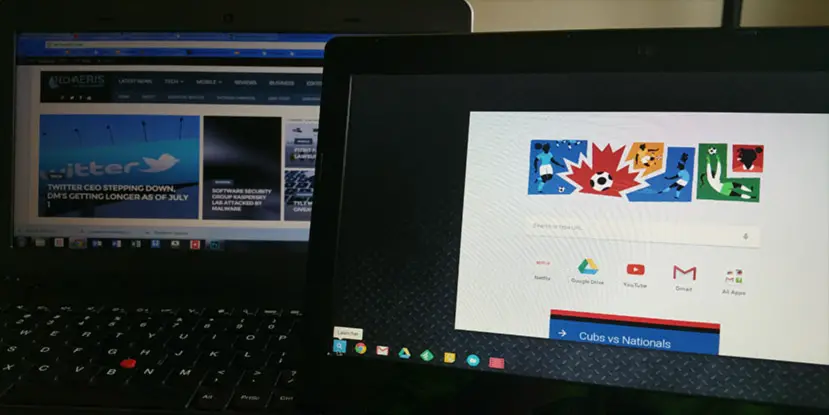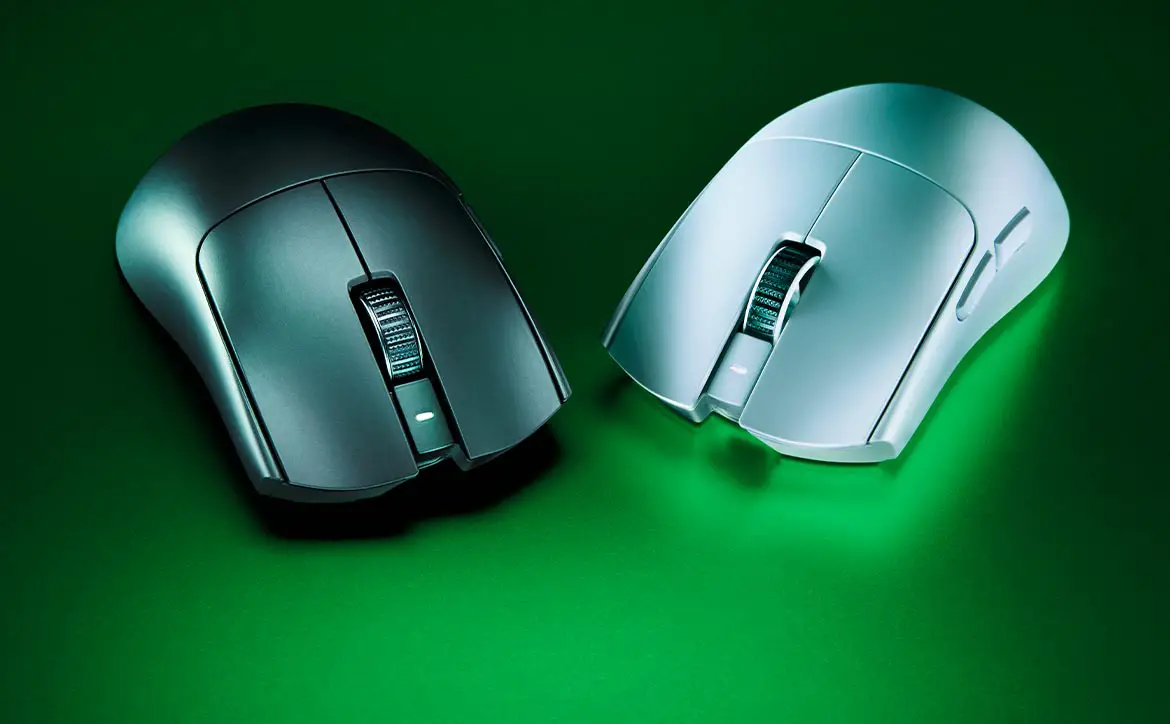It seems like a day doesn’t pass where I don’t see at least 2-3 articles in my Google+ feed regarding different school districts purchasing mass quantities of Chromebooks for classroom use. From an IT standpoint, it’s a no-brainer. No antivirus to install, run, or monitor, very low labor to deploy, and easy to use for the end user. From a cost standpoint, it’s even more of a no-brainer. Chromebook prices continue to drop, especially on entry-level devices that work great for student use.
According to a Digitimes Research report though, Microsoft plans to attempt to counter the low cost Chromebook with a low cost notebook of it’s own – a $169 notebook running Windows 10.
The Windows 10 notebooks are an 11.6-inch notebook (US$169) and a 14-inch clamshell-type notebook (US$199) from Acer and a 14-inch convertible Yoga notebook (US$249) from Lenovo. These devices will be manufactured by Inventec, and target mainly against Chromebooks.
Microsoft has previously attempted to stem the Chromebook onslaught by offering Windows 8 for free to certain devices, thereby lowering the manufacturing costs. That attempt failed to earn Microsoft any headway into the low cost market.
One concern would be performance. We’ve seen “low cost” notebooks running Windows before, but usually the low cost includes low end hardware specs, and the performance suffers. Microsoft seems to have that end covered this time:
The three notebooks are expected to bring Windows 10-based notebook price points to a new low. Instead of Intel’s Bay Trail-T CR processors, which are broadly used by entry-level devices, these machines are using higher-end Broadwell processors, showing Microsoft’s aggressive support for the projects.
It will be interesting to see how the Windows 10 devices fare in the battery life department. Based on my real-life usage, I think my Chromebook could probably handle a full school day without needing a battery bump. Will Microsoft be able to squeeze that same kind of battery life into their devices?
All of this, however, could be a case of too little, too late. It’s one thing to manufacture a low cost device. It’s another thing entirely to be able to get mass quantities of those devices into the hands of students and into classrooms.
From my vantage point, I don’t think this will “kill” Chromebooks, nor will Chromebooks “kill” entry-level Windows 10 devices. There will always be users and IT Departments who want nothing to do with Google-powered devices. On the flipside, there will always be Android users who see the Chromebook as a common sense extension of a platform that they currently use and are familiar with.
How about you? What would you pick? A low cost Windows 10 device? Or are you a Chromebook fanatic? Sound off in the comments!
[button link=”http://www.digitimes.com/news/a20150525PD208.html?chid=8″ icon=”fa-external-link” side=”left” target=”blank” color=”285b5e” textcolor=”ffffff”]Source: Digitimes[/button]Last Updated on November 27, 2018.











Comments are closed.